Three key factors in reducing railway sector emissions
Vietnam Railways Authority said that to implement current regulations on the age of railway vehicles, the railway will have to invest in and build thousands of new locomotives and carriages.
Specifically, by December 31, 2025, railway businesses will have to stop operating 114 locomotives, 1,472 freight cars and 168 passenger cars.
To invest in replacing these vehicles, a huge amount of capital will have to be mobilized, while accessing preferential credit loans from the State for projects to build new vehicles is not feasible.
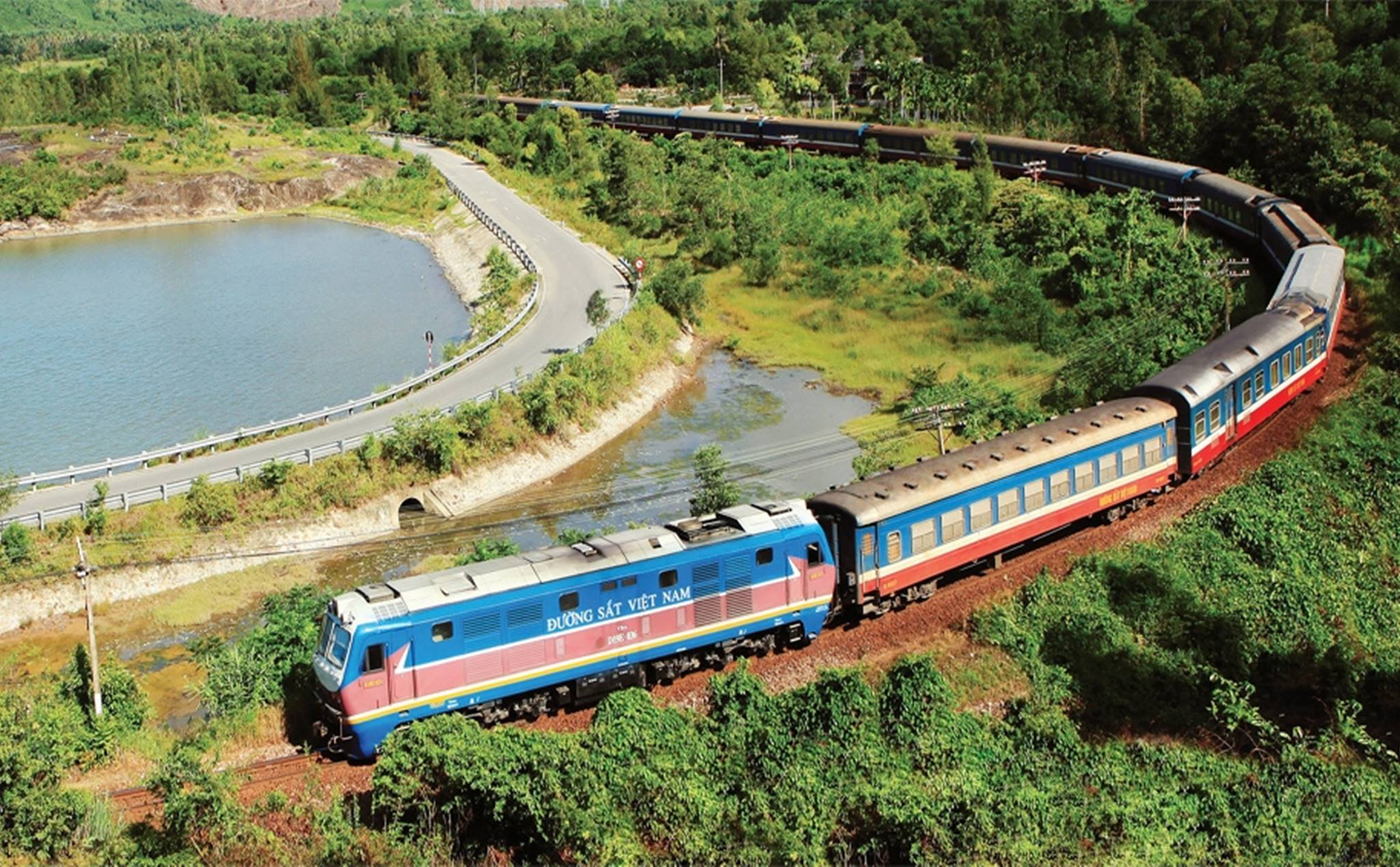
Vietnam Railways will have to invest in and replace thousands of locomotives and carriages that have expired to meet the requirements of "green transformation" (Photo: illustration).
On the other hand, the railway sector must implement Vietnam's commitment at the 26th Conference of the Parties to the United Nations Framework Convention on Climate Change (COP26). By 2050, 100% of railway locomotives and power generation cars currently using diesel must be converted to use clean fuel, synthetic fuel (no greenhouse gas emissions).
This need puts Vietnam's railways before the challenge of green energy conversion.
According to the research of PV, implementing the project "Good international experiences to support the Vietnam Railway Authority in drafting the revised Railway Law 2017" funded by the Australian Government , recently, experts from DT Global Australia Pty Ltd (project implementation unit - PMC) have released a thematic report on responding to climate change in the railway sector in general.
Although the transport sector is currently estimated to produce around 20% of global greenhouse gas emissions, the rail sector itself is not a major polluter. With an annual emissions of around 220 million tonnes on a “whole-cycle” basis, rail transport accounts for only around 0.5% of total global greenhouse gas emissions.
Whether using diesel or electric propulsion, rail has relatively low emissions per passenger-km and tonne-km compared to aircraft and other land-based vehicles.
Based on the analysis, experts suggest that Vietnam can focus on three important factors to decarbonize and reduce emissions, including: conversion, fuel and innovation.
Specifically, there is a need to shift transport to other, less emission-intensive modes, possibly shifting freight transport from road to rail and/or inland waterways and coastal shipping.
Decarbonising rail fuels means switching from diesel to lower emission fuels or to electricity (with fixed infrastructure or batteries) or hydrogen.
Improvement means increasing the energy efficiency of railways.
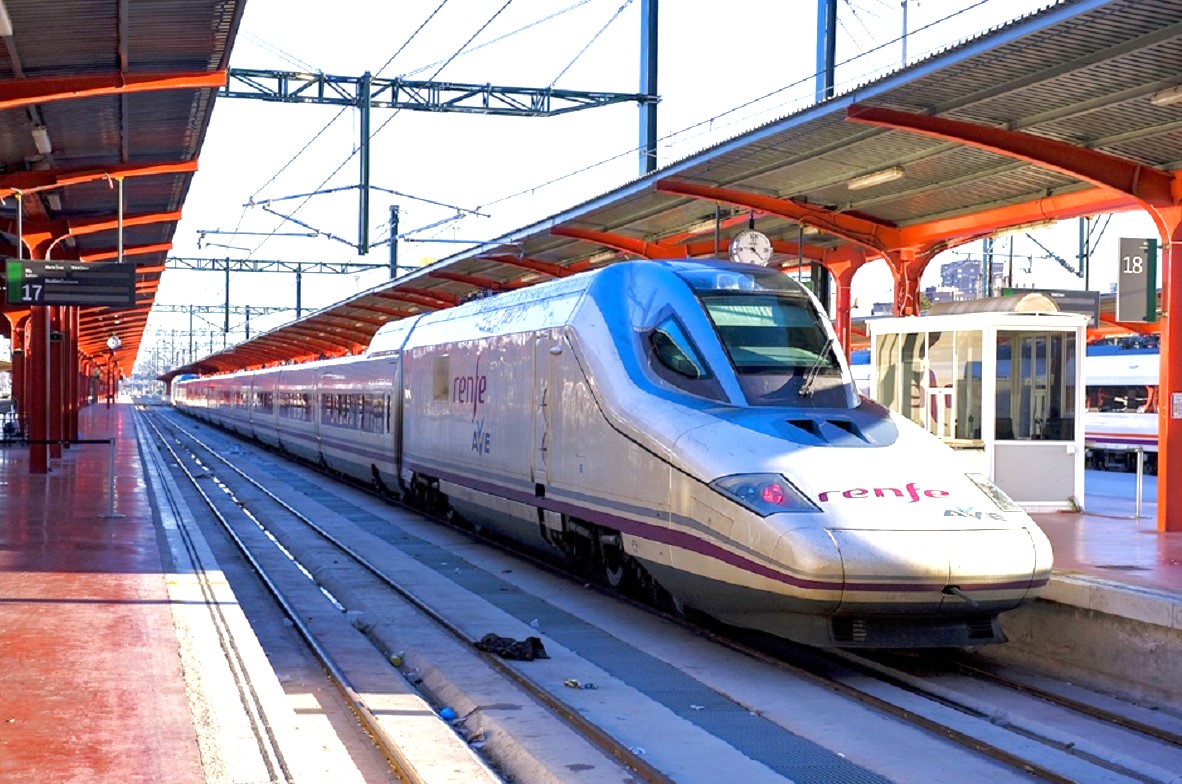
To make a green transition, according to experts, Vietnam's railways need to be electrified (Illustration photo, according to styria-mobile.at)
Completing the legal corridor, moving towards railway electrification
According to experts, among the three factors above, switching to using lower emission fuels and technologies is being actively considered by many railway industries.
Among them, electrification is a requirement for the railway sector to ensure the achievement of the net zero emissions target.
"Currently, electrified railways in Vietnam are being applied to urban railway systems such as the Cat Linh - Ha Dong line.
"The electrification of national railways is in the preparatory research phase, and there is no specific implementation plan yet," PMC experts pointed out, adding that to electrify existing national railways, the requirements are to have an electrified railway system (infrastructure and vehicles), and a power supply system (green and converting to electric energy).
Along with that are the responsibilities of the parties involved in planning, investing, constructing, managing, maintaining infrastructure and electrified railway vehicles; and the roadmap for upgrading, renovating and converting existing railways to electrified railways.
The problem is that the 2017 Railway Law currently only stipulates a number of principles in the supply of traction power, without specific regulations on components, technical requirements and the roles of entities in investing, managing and operating electrified railway systems.
On the other hand, the 2017 Railway Law does not specifically regulate the requirements for energy conversion, but regulates the requirements for ensuring national technical regulations on quality, technical safety and environmental protection of vehicles and developing detailed guidelines.
Some fuel substitution experiments have been carried out but have not yet been applied in practice.
From that reality, PMC experts recommend that, to ensure the feasibility of railway electrification, the Railway Law needs to study, amend and supplement regulations on components of the electrified railway system; the role of entities in ensuring the supply of power to the electrified railway system.
"The work of reviewing and adjusting other relevant laws such as the Electricity Law to ensure consistency in investment, maintenance of transformer systems and power supply; Research and development of detailed regulations and standards for electrified railway systems also need to be implemented soon," PMC experts recommended.
Source: https://www.baogiaothong.vn/chuyen-gia-de-xuat-chuyen-doi-xanh-dien-khi-hoa-duong-sat-192240521155758874.htm




![[Photo] Prime Minister Pham Minh Chinh chairs a meeting of the Government Standing Committee on overcoming the consequences of natural disasters after storm No. 11](https://vphoto.vietnam.vn/thumb/1200x675/vietnam/resource/IMAGE/2025/10/09/1759997894015_dsc-0591-jpg.webp)


![[Photo] Prime Minister Pham Minh Chinh chairs the Conference to deploy the National Target Program on Drug Prevention and Control until 2030](https://vphoto.vietnam.vn/thumb/1200x675/vietnam/resource/IMAGE/2025/10/09/1759990393779_dsc-0495-jpg.webp)
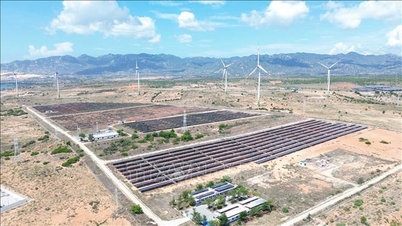



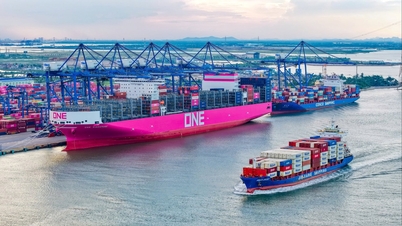

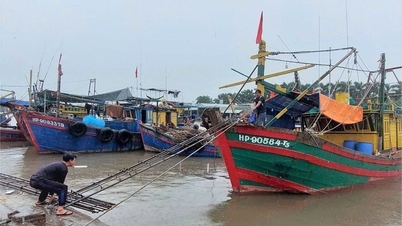
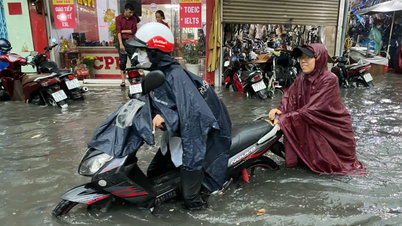

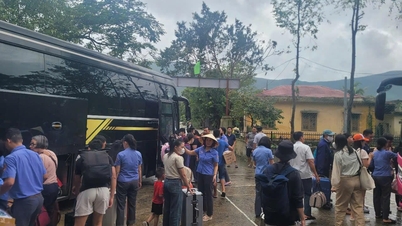
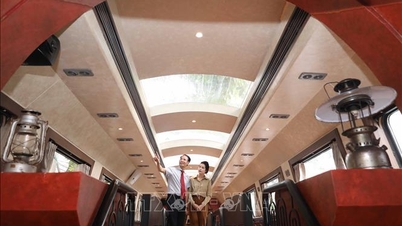




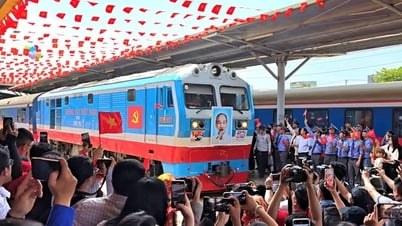









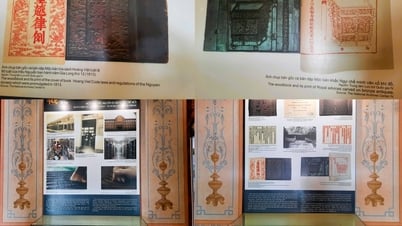
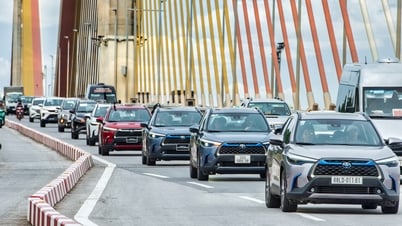





























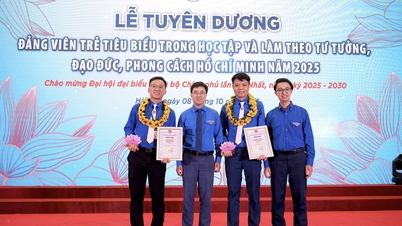











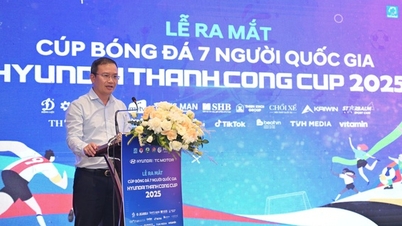
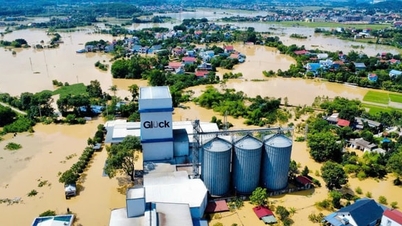



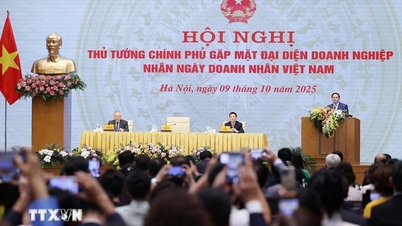
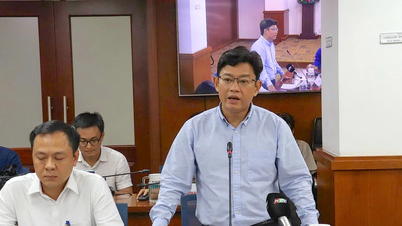


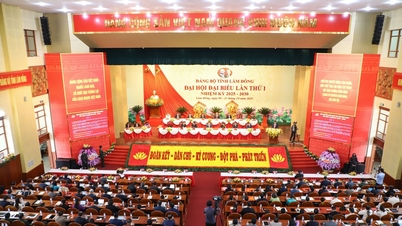












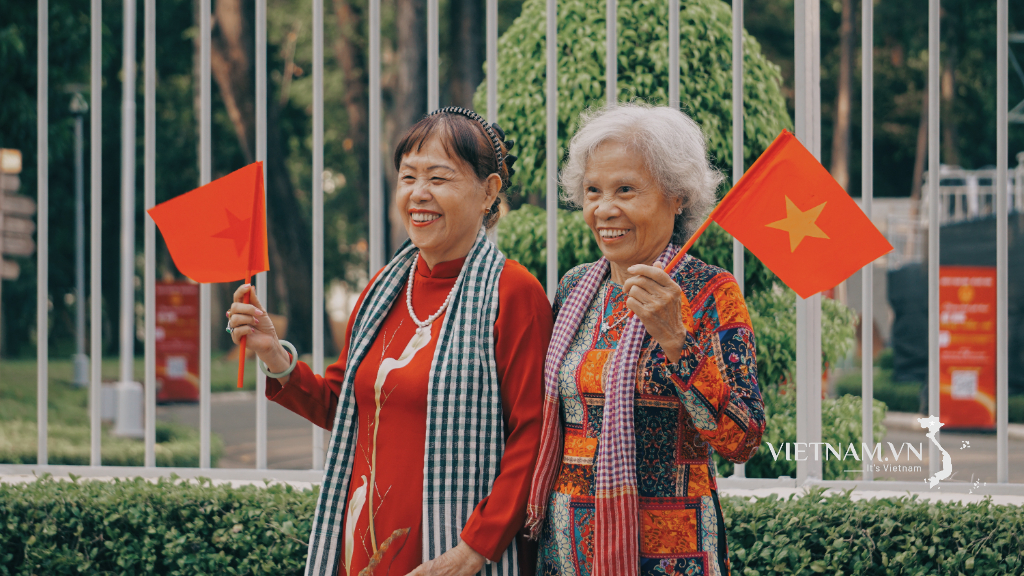



Comment (0)